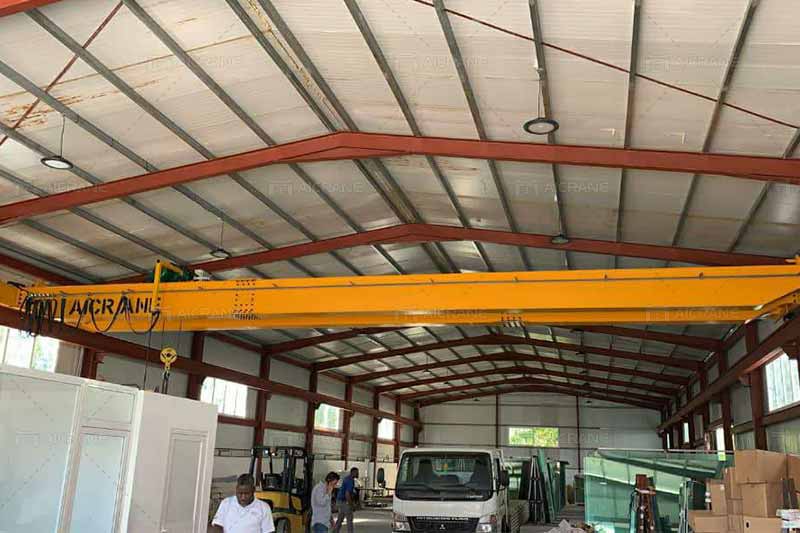


This guide provides an in-depth look at the importance of overhead crane safety inspections.
Overhead cranes are essential pieces of equipment in various industries, such as manufacturing, construction, and logistics. These machines handle heavy loads, making safety a top priority. Regular safety inspections are crucial to ensure the proper functioning of overhead cranes, protect workers, and maintain compliance with regulatory standards. In this comprehensive guide, we will explore the importance of overhead crane safety inspections, types of inspections, key areas to assess, and best practices to follow for safe crane operations.
There are several categories of over head cranes inspections, each serving a specific purpose. These inspections vary in frequency and thoroughness, from daily checks to more in-depth annual reviews.
This inspection occurs before the crane is first put into service, either after installation or if it has been altered or modified. It ensures that the crane meets all design and safety specifications as required by OSHA or other governing bodies.
These are quick, regular inspections that occur daily or weekly, depending on the crane’s usage. Operators or maintenance personnel usually conduct frequent inspections. These checks are critical to ensuring that the crane is ready for safe operation on a day-to-day basis. Items typically assessed include:
Periodic inspections are more detailed and occur on a set schedule, such as monthly, quarterly, or annually. A qualified technician or Aicrane eot crane expert typically conducts these inspections to assess the crane’s condition and functionality. The scope includes evaluating wear and tear on parts like the hoisting mechanism, sheaves, bearings, and electrical systems.
Annual inspections are extensive and usually mandated by regulations such as OSHA. These inspections are detailed and involve checking structural integrity, electrical systems, and mechanical components. An experienced and certified inspector performs these inspections to ensure the crane is fully compliant with safety standards.
If a crane has been involved in an accident or experiences a malfunction, a post-incident inspection is essential. This inspection helps identify the cause of the issue and ensures that the crane is safe to return to service after necessary repairs.
When conducting overhead crane inspections, the following areas should be thoroughly checked:
Hooks should be inspected for signs of deformation, cracks, or wear. If a hook shows excessive wear or damage, it should be replaced immediately to avoid load slippage.
Wire ropes and chains are critical load-bearing components. They should be inspected for fraying, corrosion, broken strands, or stretching. Proper lubrication is also essential to prevent wear.
The hoist and trolley mechanisms should be inspected for proper operation. Check the load brake system, gears, motors, and electrical components to ensure smooth functionality.
Inspect the electrical systems for any loose wires, corrosion, or exposed conductors. Safety mechanisms like limit switches, emergency stop buttons, and control panels must be tested to ensure they function correctly.
Brakes are crucial for stopping the load. Ensure they are functioning correctly by testing them under load conditions. Look for excessive wear, overheating, or misalignment.
Inspect the entire crane structure, including beams, girders, and supporting framework, for signs of cracking, deformation, or corrosion. Structural integrity is essential for safe crane operation.
Check end stops and bumpers on the bridge and trolley to ensure that they are functioning and that the crane stops safely.
All control systems, whether pendant, radio, or cab-controlled, should be tested for smooth operation. Verify that controls respond quickly and appropriately to commands.
Overhead crane safety inspections are a crucial part of maintaining safe and efficient operations. By establishing a consistent inspection routine, involving qualified professionals, and addressing potential issues immediately, you can minimize accidents and downtime while maximizing equipment lifespan. Whether it’s a daily check or an annual inspection, following these practices ensures that your overhead crane remains compliant, safe, and operational for years to come.
